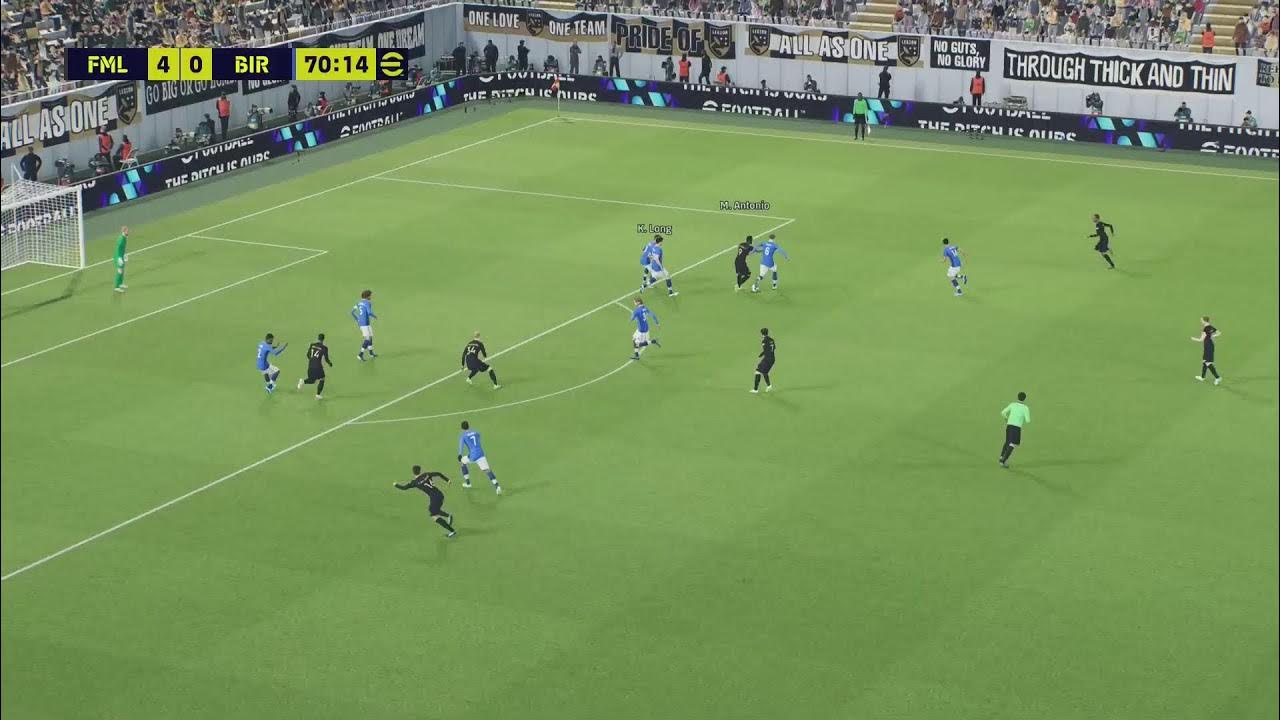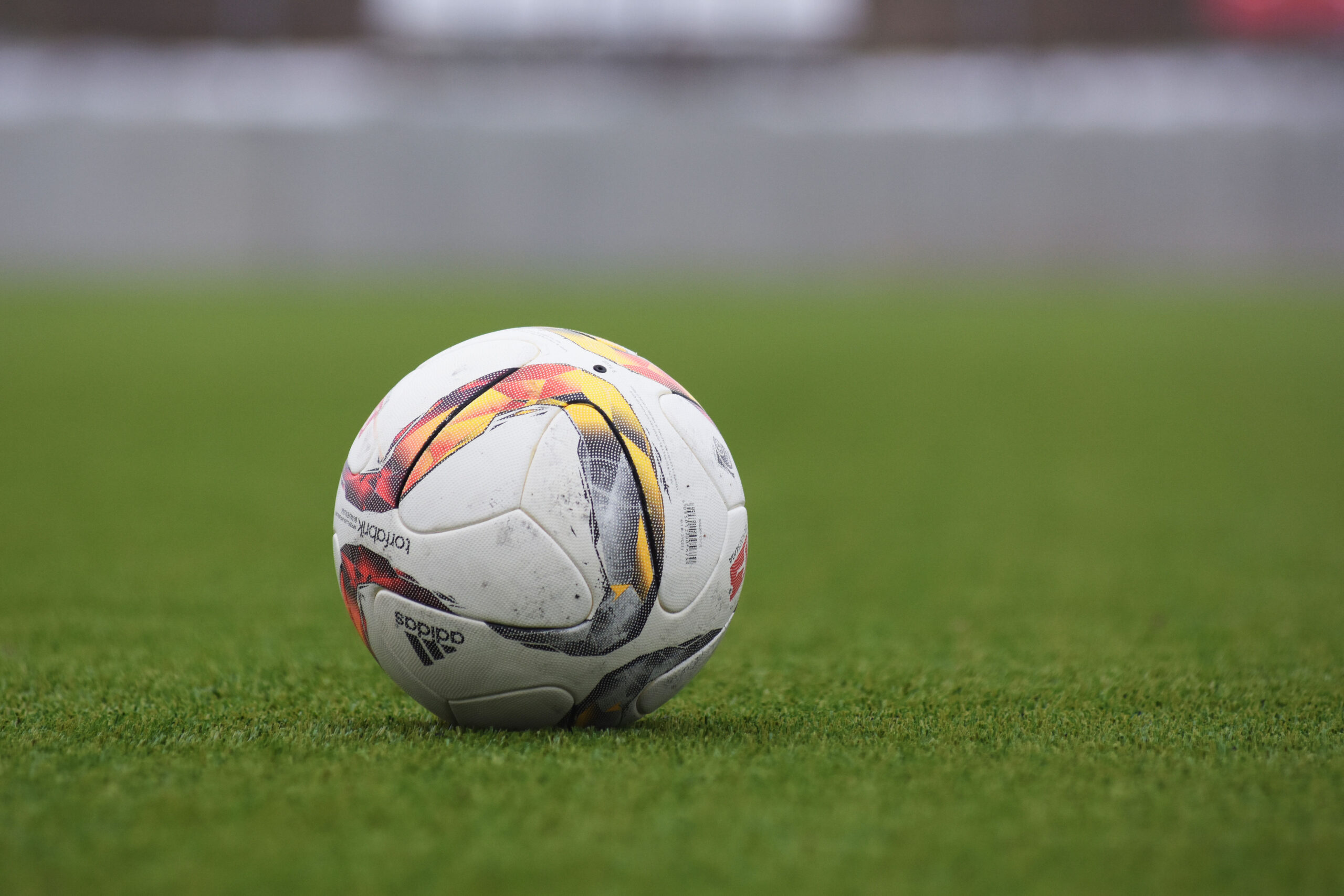Why Does Soccer Have Offsides? Unraveling the Mystery Behind the Rule

Soccer has offsides to prevent players from “goal-hanging” and waiting for a direct pass near the opponent’s goal. This rule adds sophistication and creativity to the game by limiting attackers’ ability to exploit this position and requiring them to be onside when the ball is played forward.
Offside In Soccer: Prevention Of Goal-hanging
Offside rules in soccer are put in place to prevent players from “goal-hanging,” which refers to players staying near the opponent’s goal and waiting for the ball to be passed to them directly. This rule aims to ensure fair play and equal opportunities for all players. However, the offside rule has been a subject of controversy due to the potential for human error in officiating the rule. Mistakenly calling an offside can result in missed opportunities for a team in a legitimate scoring position. Despite the controversies, the offside rule adds sophistication and creativity to the game, as goalkeepers and defenders need to strategize and work on their positioning to effectively defend against potential offside situations. By limiting attackers’ ability to exploit direct ball passing, well-timed passes and teamwork become even more crucial for successful goal-scoring opportunities.
Understanding Offside: Basic Rules And Infractions
Offside is a crucial rule in soccer that is designed to ensure fair play and maintain a level playing field. The concept of offside revolves around the idea of players being in an offside position at the moment the ball is played to them by a teammate. In simple terms, if a player is closer to the opponent’s goal than both the ball and the second-to-last defender when the ball is played, they are considered offside.
Committing an offside offense has implications and consequences for the team. When an offside offense is committed, the opposing team is awarded an indirect free-kick from the place where the offside violation occurred. This can significantly impact game dynamics and scoring opportunities.
It’s important to note that there are exceptions and special scenarios when it comes to offside decision-making. For example, a player is not considered offside if they are in their own half of the field when the ball is played to them. Additionally, if a player receives the ball directly from a throw-in, corner kick, or goal kick, they are also not considered offside.
Understanding the rules and nuances of offside is crucial for players, coaches, and fans alike as it greatly impacts gameplay and strategy. By ensuring fair play and preventing goal-hanging tactics, the offside rule adds sophistication and creativity to the game of soccer.
Evolution And Significance Of The Offside Rule
Offside rules in soccer have a long history and have undergone several refinements and developments over time. The offside rule was introduced to prevent players from “goal-hanging” near the opponent’s goal and waiting for the ball to be passed directly to them. This rule has added sophistication and creativity to the game, requiring goalkeepers and defenders to anticipate and react to well-timed passes and runs. The offside rule limits attackers’ ability to take advantage of a potentially unfair positioning, ensuring a fair and balanced gameplay. It has become an integral part of soccer and is enforced by referees to maintain the integrity of the game. Understanding the historical background and significance of the offside rule provides insights into the evolution of soccer as a strategic and skillful sport.

Credit: m.youtube.com
Conclusion
The offside rule in soccer serves to prevent players from “goal-hanging” and waiting for a direct pass near the opponent’s goal. It adds sophistication and creativity to the game, as goalkeepers and defenders must work on their timing and positioning.
While the rule can be controversial and subject to human error, it ensures a fair and level playing field. Understanding and adhering to the offside rule adds nuance and strategy to the beautiful game of soccer.


